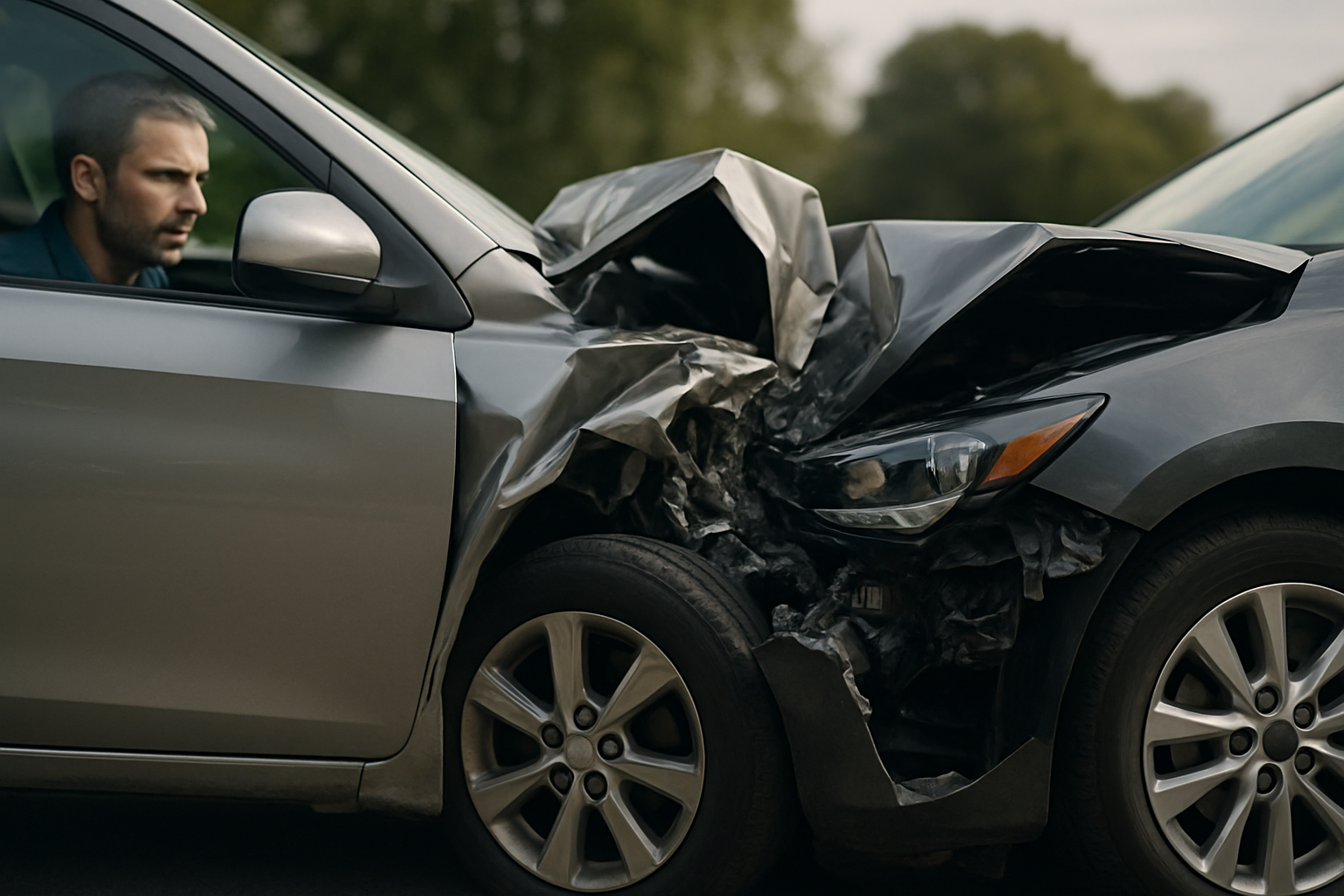Understanding Accident Reports: A Comprehensive Guide
Accident reports are critical documents that provide objective records of incidents involving vehicles, workplace mishaps, or personal injuries. These reports serve multiple purposes, from helping insurance claims proceed smoothly to providing crucial evidence in legal proceedings. Understanding how to obtain, interpret, and use accident reports effectively can significantly impact the outcome of any post-accident process, whether it's an insurance claim or a potential lawsuit. This guide explores the essential aspects of accident reports and how they function within the legal and insurance systems.

What Information Should Be Included in Vehicle Accident Reports?
When a car accident occurs, comprehensive documentation is essential for any subsequent legal or insurance processes. A complete accident report typically includes the date, time, and location of the incident, along with weather and road conditions. All parties involved should be identified, including their names, contact information, driver’s license details, and insurance information. Vehicle information such as make, model, year, license plate number, and visible damage should be documented. Importantly, the report should include an objective description of how the accident occurred, any injuries sustained, and witness statements if available. Police officers often create diagrams showing vehicle positions and include their professional assessment of the accident cause. Understanding these components helps when seeking vehicle accident legal help after an incident.
How to Obtain Official Accident Reports in Your Area
Accessing an official accident report varies depending on your location, but the process generally follows similar patterns across jurisdictions. If police responded to your accident, they would have filed an official report with their department. To obtain a copy, you can visit the local police station that handled your case or, in many areas, request it online through the police department’s website. Most departments require basic information such as the date and location of the accident, names of involved parties, and the report number if available. Reports typically cost between $5-$15, depending on your jurisdiction. Some localities allow access through third-party services, though these often charge additional convenience fees. When pursuing car crash legal advice, one of the first recommendations from attorneys is to secure this official documentation.
When Should You Consult With a Car Accident Attorney?
Determining when to seek professional legal representation after a vehicle accident depends on several factors. Consider consulting with a car accident lawyer in your area if you’ve sustained serious injuries requiring extensive medical treatment, if there’s dispute about who was at fault, or if the accident involved multiple vehicles. Legal assistance is also advisable when dealing with uninsured or underinsured drivers, when facing pressure from insurance companies to accept a quick settlement, or if your claim has been denied. Most initial consultations are free, allowing you to understand your options before making financial commitments. Car accident attorneys typically work on contingency fees, meaning they only get paid if you receive compensation, usually taking 25-40% of the settlement amount.
How Do Accident Reports Impact Insurance Claims?
Accident reports serve as critical evidence for insurance companies when determining liability and processing claims. Insurance adjusters rely heavily on these documents to establish facts about the incident, assess fault, and calculate compensation. A well-documented report can expedite your claim, while inconsistencies or missing information may lead to delays or denials. Insurance companies analyze details such as traffic violations noted, officer observations, witness statements, and the official determination of fault. When police reports and insurance findings differ, complications often arise. If you discover errors in your accident report, you should request amendments as soon as possible by contacting the reporting officer or agency. Including photographs and independent witness statements with your claim can supplement the official report and strengthen your position.
Understanding the 30-Day Lemon Law for Used Cars After Accidents
The “30-Day Lemon Law” for used cars varies significantly by jurisdiction and doesn’t universally apply to accident-damaged vehicles. This consumer protection measure typically applies to major mechanical defects present at the time of sale rather than accident damage discovered after purchase. However, some states offer limited protection if a dealer failed to disclose previous accident damage. In states with stronger consumer protections, buyers may have recourse if they purchase a used vehicle and discover undisclosed accident history within a specified period, typically 15-30 days. Documentation showing the vehicle’s condition before and after purchase becomes crucial in these cases. Consulting with a legal professional specializing in consumer protection law is advisable if you suspect a dealer concealed accident history.
Legal Requirements for Filing Accident Reports
The legal obligations for reporting accidents vary by jurisdiction, but most states require reporting when accidents result in injuries, fatalities, or property damage exceeding a specific threshold (typically $500-$2,000). Reporting deadlines range from immediately to within 10 days, depending on location and severity. Failure to report can result in license suspension, fines, or even misdemeanor charges in serious cases. In no-fault insurance states, reporting requirements remain regardless of who caused the accident. Most jurisdictions offer multiple reporting methods, including online submission, mail-in forms, or in-person filing at police stations or DMV offices. Understanding and complying with these requirements is essential, as proper documentation forms the foundation for any subsequent insurance claims or legal actions.
Different reporting thresholds apply for commercial vehicles, workplace incidents, and accidents on private property. Being aware of these varying requirements ensures you remain compliant with local laws while protecting your interests following any type of accident.




